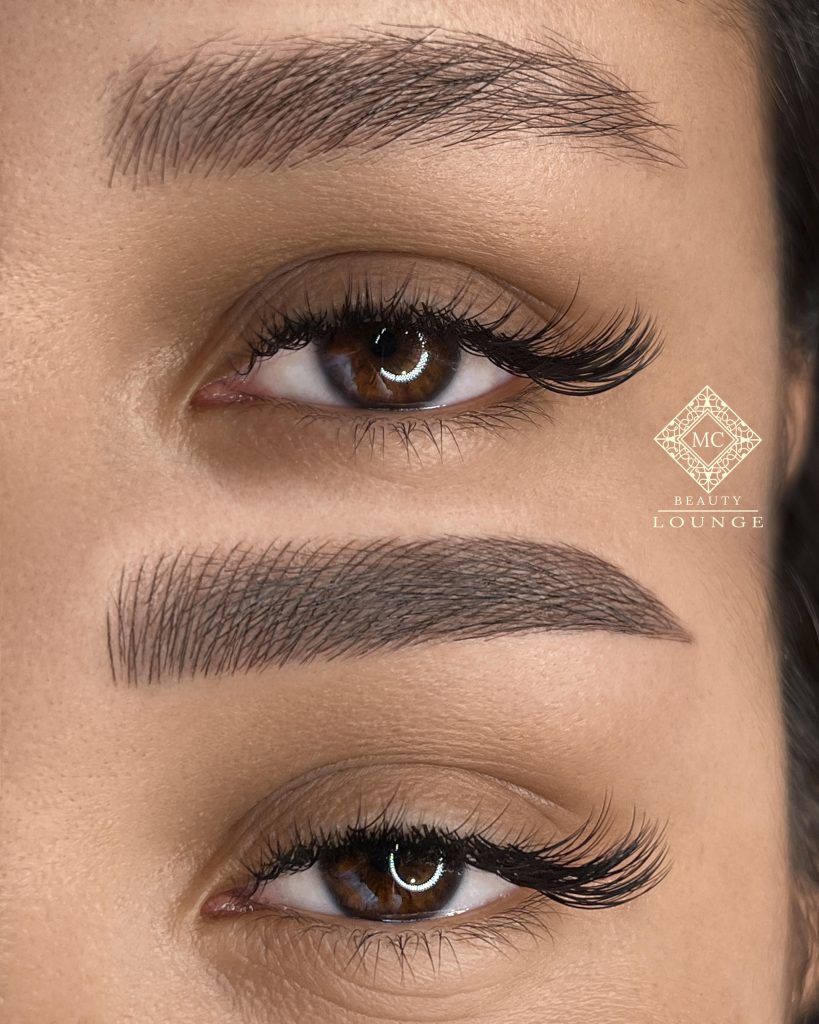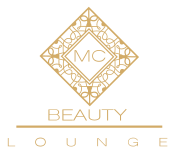What is Microblading?
A manual tattooing method called microblading is used to ink the eyebrow region with strokes that resemble hair. It’s frequently regarded as a type of semi-permanent cosmetics or eyebrow embroidery. In order to create eyebrow hair strokes that resemble real hair, microblading professionals utilize a specialized handheld instrument with fine needles to deposit pigments into the skin’s superficial layer.
How Does Microblading Work?
The process typically involves the following steps:
- Consultation: Speaking with a microblading expert is the initial step. You can talk about your preferences, worries, and ambitions for your brows during this appointment.
- Color and Shape Selection: Your microblading artist will assist you in selecting the ideal color and shape for your eyebrows to enhance your skin tone and facial features.
- Numbing: To reduce any discomfort during the process, a topical numbing medication is given.
- Microblading: The artist applies colors to the skin with a portable tool to produce individual hair strokes. The brushstrokes resemble the way eyebrow hair naturally grows.
- Touch-Up: A few weeks following the initial treatment, a follow-up session is normally arranged to make any necessary tweaks and guarantee the ideal color.
Benefits of Microblading:
- Natural Appearance: Because microblading imitates real hair, it offers a realistic and natural appearance.
- Time-saving: It eliminates the need for brow makeup to be applied every day.
- Extended Duration: Depending on your skin type and post-treatment regimen, microblading may endure for one to two years.
- Customizable: You can alter the eyebrows’ color and form to suit your tastes.
- Semi-Permanent: Because the pigments are not as firmly ingrained as they are in traditional tattoos, they can be altered or adjusted as fashions change.
Things to Consider:
- Qualified Professional: To ensure a successful and safe operation, make sure you select a licensed and experienced microblading artist.
- Aftercare: To guarantee appropriate healing and pigment preservation, carefully adhere to the artist’s aftercare guidelines.
- Touch-Ups: To keep the desired look, microblading requires touch-ups on a regular basis.
- Skin Type: Your skin type may have an impact on the results. Touch-ups may need to be done more often on oily skin.
- Allergies: To prevent issues, talk to your microblading artist about any allergies or skin sensitivity issues.
To sum up, microblading is a great way to make your eyebrows look more natural and last a long time. Conducting thorough research, selecting a certified expert, and adhering to post-treatment guidelines are essential for guaranteeing a fruitful and fulfilling outcome. In order to achieve gorgeous, well-defined eyebrows, microblading can be a game-changer if the right artist and care are given.
